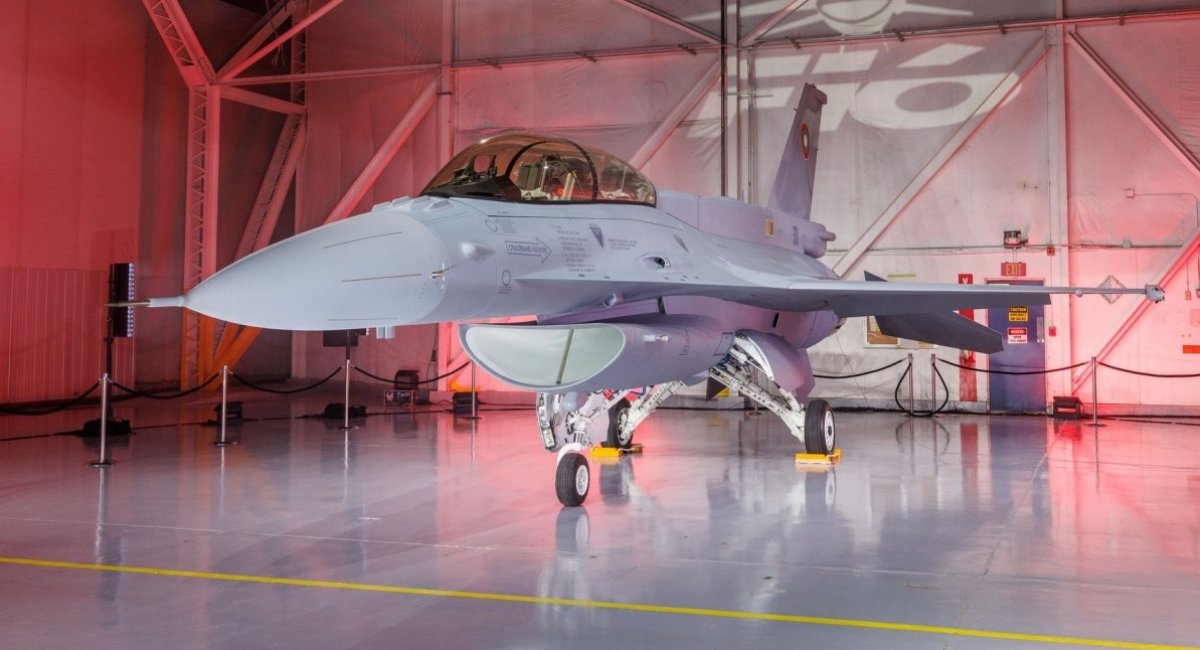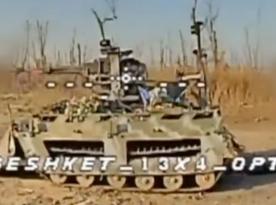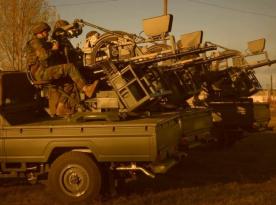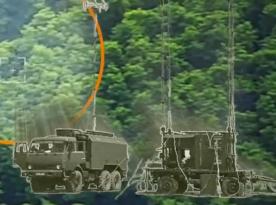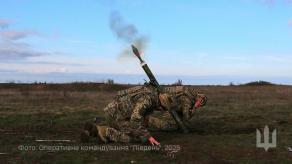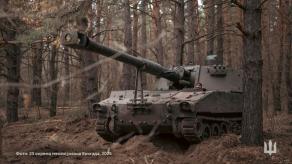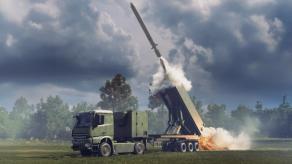Bulgaria's long-awaited introduction of the F-16 Block 70 fighter jets has been overshadowed by technical setbacks and logistical delays. The country, which has faced years of postponements in its acquisition program, finally received its first aircraft in April 2024, a two-seat trainer variant. But shortly after arrival, the jet suffered a failure in an unspecified electronic component, grounding it and exposing the country's lack of spare parts.
The issue might have been manageable with adequate logistical planning, yet Sofia had not procured a sufficient supply of backup components. This meant the Bulgarian Air Force was forced to wait until the necessary replacement part could be shipped, delaying the aircraft's operational readiness. But even once that obstacle was addressed, another problem surfaced.
Read more: France Expands Maritime Patrol Fleet with New Falcon 2000 LXS Albatros Aircraft
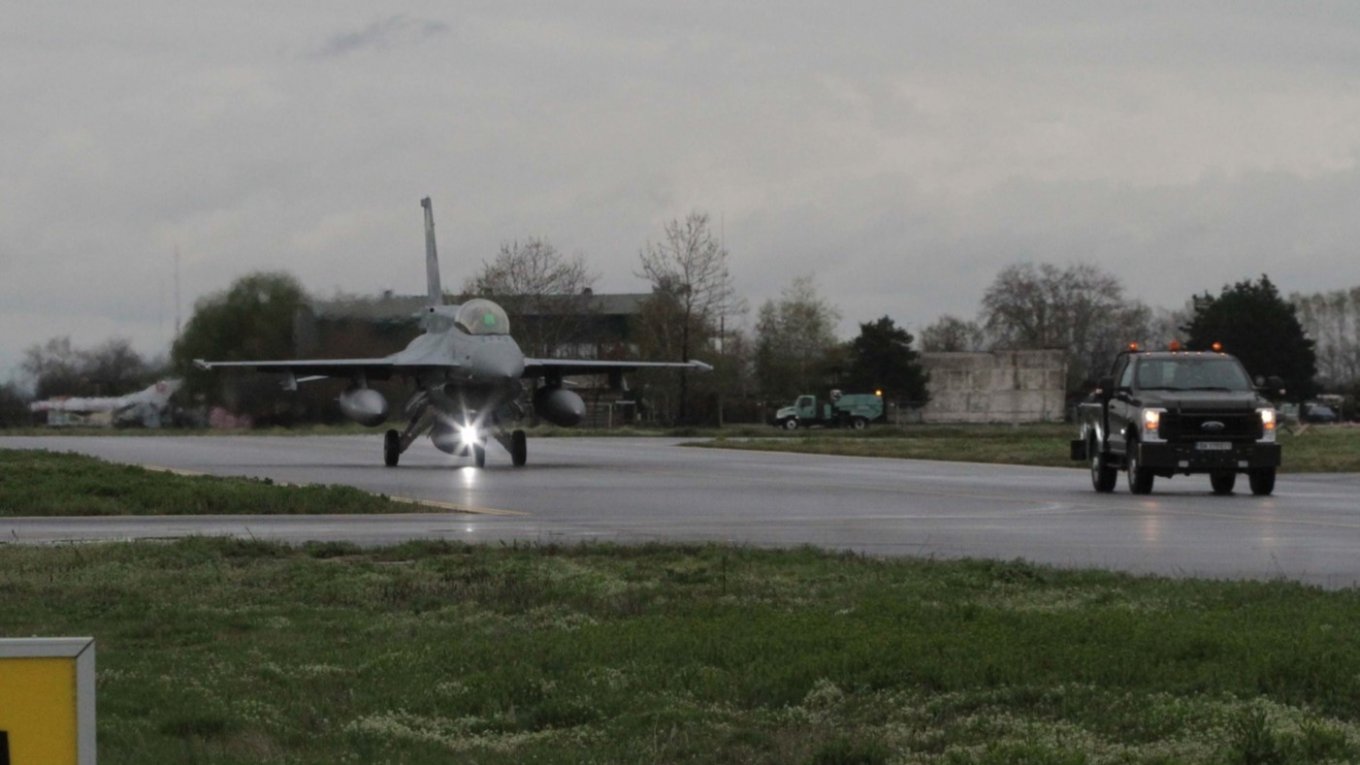
According to Bulgarian media reports, including the national news agency BTA, the same aircraft later developed a fuel leak. The problem was confirmed by the Ministry of Defense in response to a parliamentary inquiry. Technicians identified the source within the fuel system, but the repair required extensive work beyond the capabilities of local crews. After consultations with Lockheed Martin, the manufacturer agreed to send a specialist to Bulgaria to address the fault.
At present, Bulgaria has received two F-16 jets, the two-seat aircraft with tail number 301 and a single-seat variant (313) delivered in June 2024. Neither has yet been formally accepted into service. The repeated malfunctions of aircraft 301 have already prompted some commentary in local media suggesting the jet is "cursed". However, such difficulties are not unusual in the early stages of operating new platforms, particularly when a country is still learning to integrate advanced systems.
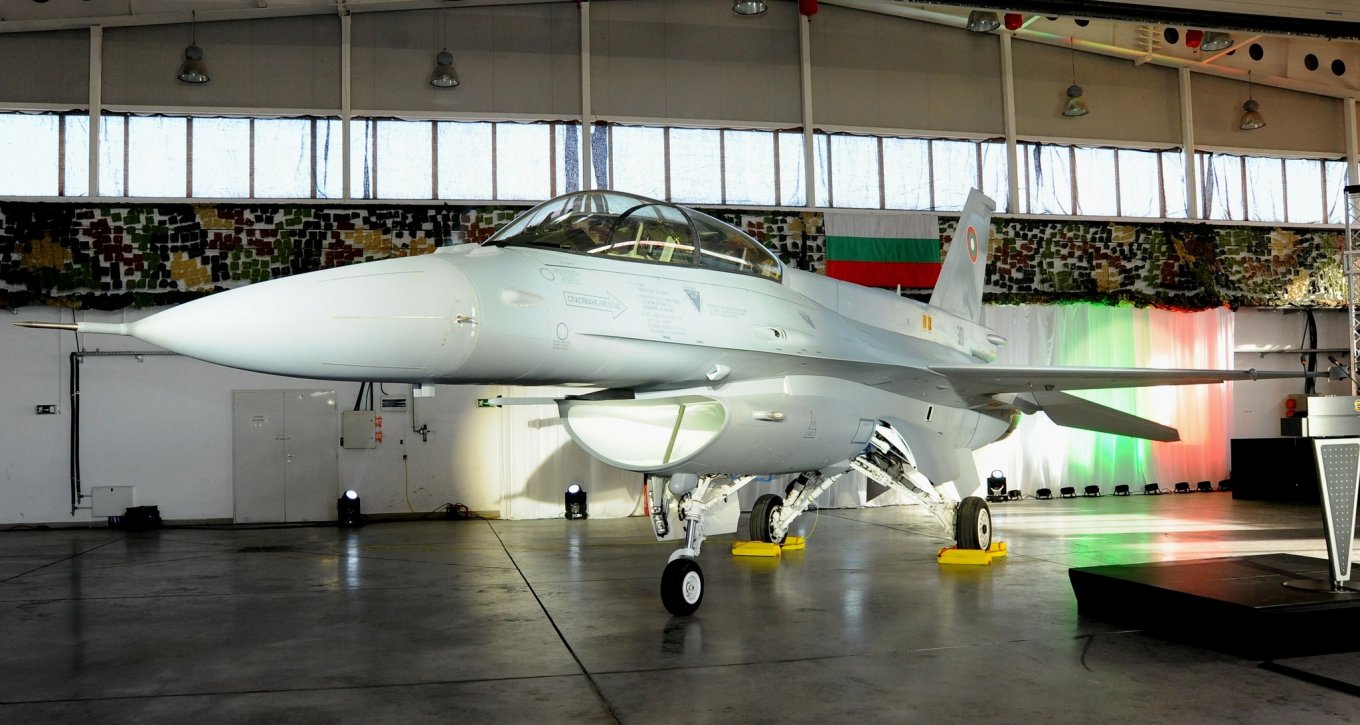
Another factor is the production shift. Bulgaria's F-16 jets are being assembled at Lockheed Martin's new facility in Greenville, South Carolina, rather than the company's main production line in Fort Worth, Texas. Transferring manufacturing to a new site is rarely seamless, and teething problems are to be expected as the facility builds up experience.
On the positive side, Bulgaria benefits from Lockheed Martin's after-sales support, which is critical at this stage. Since the aircraft have not yet been formally accepted into the Bulgarian Air Force, repairs and deficiencies remain covered by the manufacturer. This ensures that local forces are not left without technical solutions to the problems that arise.
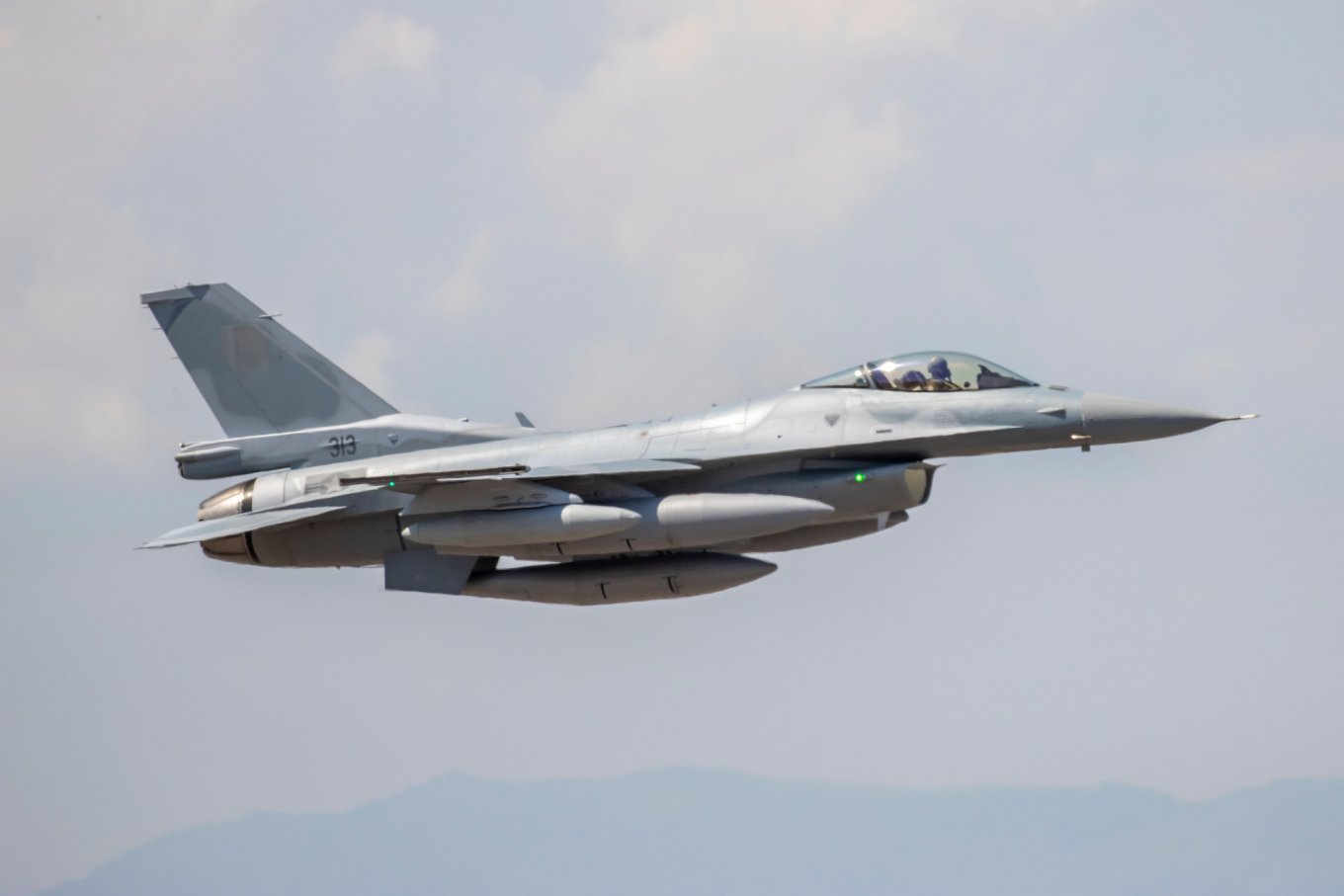
Looking ahead, Sofia still expects delivery of the full first batch of eight F-16 Block 70 jets by the end of the year. The deal, valued at $1.2 billion, was signed in 2019 but initially scheduled for 2023-2024. Delivery timelines remain uncertain, however, partly due to the U.S. Air Force tanker availability for transatlantic ferry flights. Meanwhile, a second order for another eight aircraft, worth $1.3 billion, has been placed and will follow in later years.
For now, however, Bulgaria's airspace continues to be defended by aging Soviet-designed MiG-29 aircraft. The arrival of the F-16 jets was meant to mark a major leap into NATO-standard capabilities. Instead, the transition illustrates the challenges of procurement, logistics, and production that even well-established Western platforms can encounter.
Read more: Ukrainian Wild Hornets Workshop Reveals How Many russian Drones Downed by Sting Interceptors in Five Months




